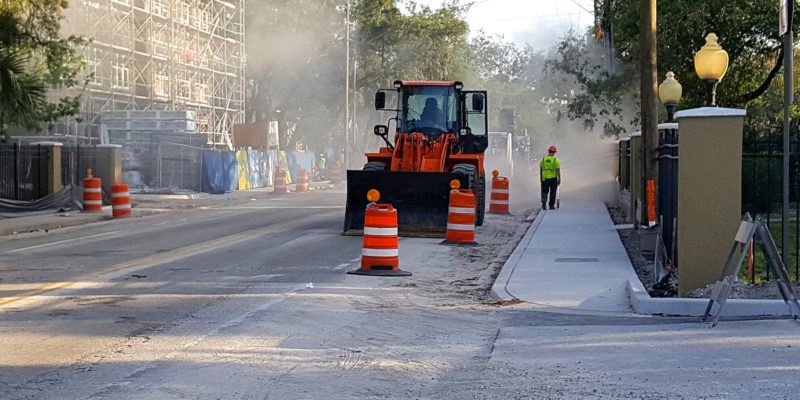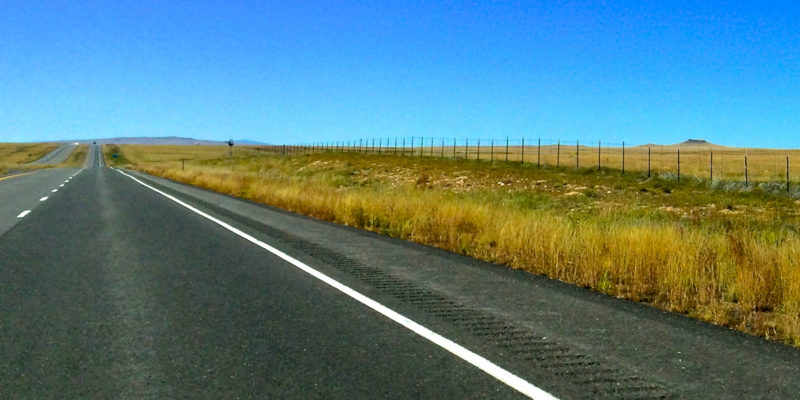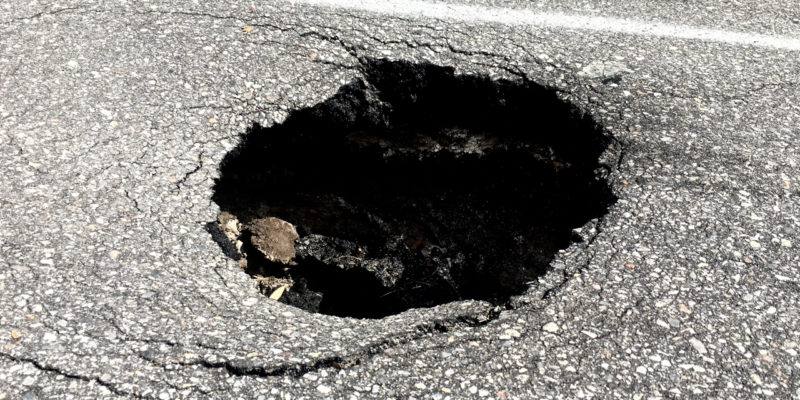No matter what your politics are, ground water and surface water supplies are at risk of overuse in many areas. Future construction plans will need to account for all changing variable, and water reclamation and recycling are becoming more important because of upticks in
- Demand of potable water resources
- The cost of treating wastewater
- Regulations requiring greater flows for streams and rivers, which reduces irrigation sources
- Demand for sustainable building options.
Increase in Potable Water Demand
Regional development and migration have placed a strain on our water sources. Large populations in the US have migrated to warmer climates in California, Nevada, Arizona, Texas, and here in Florida. This exodus caused disproportionately affected growth rates from these states relative to the national population: 85 percent to more than 400 percent between 1970 and 2009 while the national population grew by less than 50 percent. Temperatures have also been trending higher and that is causing increases in evapotranspiration, the process of plants using water, thereby necessitating more irrigation for crops and landscaping. Water reclamation and recycling would be a consistent solution.
Cost of Water Reclamation
The concept of the true cost of water reclamation and recycling has been captured in the idea of the “triple bottom line,” which are the financial, social, and environmental impacts of a construction project. With a triple-bottom-line approach, the developer is considered to have an obligation to examine environmental and social impacts, in addition to profitability. The analysis performed in environmental impact reviews are consistent with triple-bottom-line thinking, although environmental review as an obligation summarily ends with project certification. In contrast, triple-bottom-line approaches call for ongoing review and analyses of financial, social, and environmental costs of a project, which are often summarized in annual reports. Triple-bottom-line accounting runs into the same challenges faced by economic valuation: the difficulty of valuing environmental and social impacts (Norman and MacDonald, 2004). This difficulty means that triple-bottom-line processes offer more guidance than quantitative comparative analysis, although the concept does alert business and public agency leaders that the public is aware of difficult-to-monetize impacts of their practices and the importance of striving for full accountability for new development impacts on society and the environment.
Regulation
Everyone’s favorite topic. But the fact of the matter is, there is a growing rate of gastrointestinal infections in the United States and so the public concern over chemical contamination of public and private water supplies isn’t unreasonable. Due to limited resources and political gridlock, the ability of the public health sector and the research community to attribute disease to water consumption remains problematic. Determining the source of waterborne disease outbreaks is getting more difficult with the growing complexity of drinking water sources. At present moment, there is no national public health epidemiological research program committed to tracking endemic water-associated AGI community disease trends or comparative health impacts of differing water reuse patterns. Not only that, the capacity for public health officials to respond is anemic unless the disease reaches the point of endemic outbreak and emergency funds are available. As water reuse broadens in scope and volume, methods and expertise to determine whether AGIs are waterborne or whether community chronic health disparities are related to water reuse will be important to maintaining public acceptance of reuse practices and should be the focus of research partnerships.
Sustainable Building Demand
With dwindling natural resources and explosive population growth, the demand for sustainable building has been doubling every three years because recycled water can satisfy most water demands as long as it is adequately treated to ensure water quality appropriate for the use. Water reclamation is useful in minimizing impact of storm water on the Florida storm water system, while minimizing the use of potable water for maintenance and landscaping purposes by treating and recycling water. Reclaimed water can be used for just about any non-potable application including cooling water for power plants and oil refineries, industrial process water for such facilities as paper mills and carpet dyers, toilet flushing, dust control, construction activities, concrete mixing, and artificial lakes. Other reasons increasing the demand of sustainable building and water reclamation are providing a dependable, locally-controlled water supply, water recycling has incredible environmental benefits. By providing an additional source of water, water reclamation and recycling can help us find ways to decrease the diversion of water from sensitive ecosystems. The list of benefits continues as decreasing wastewater discharges and reducing and preventing pollution. Recycled water can also be used to create or enhance wetlands and riparian habitats. In short, the upside of water reclamation is indisputable, and ARC Development has decades of experience installing theses systems in our commercial development projects.
Give us a call or send us an email if you want to learn more about different water reclamation systems for your next commercial development project.





